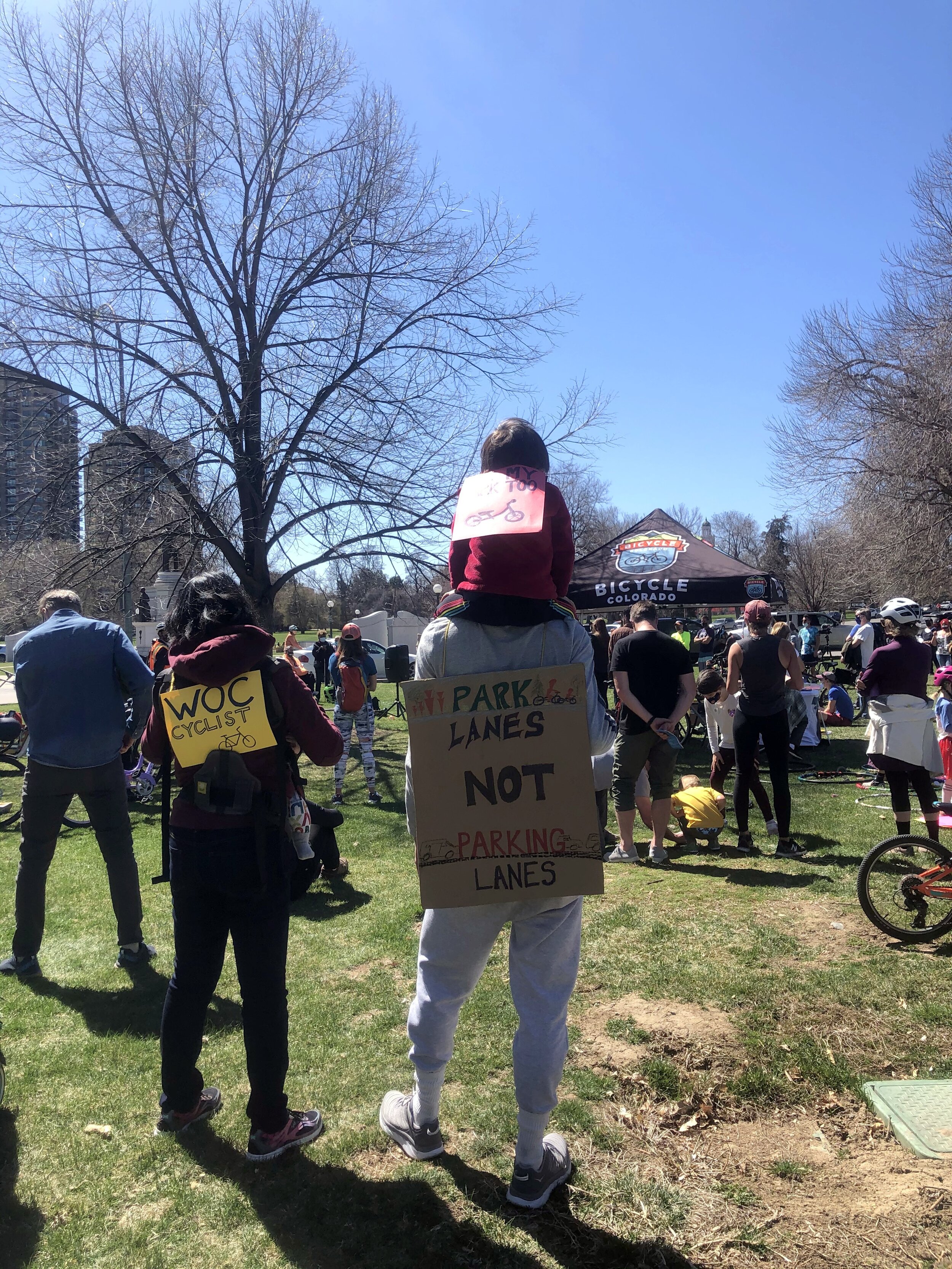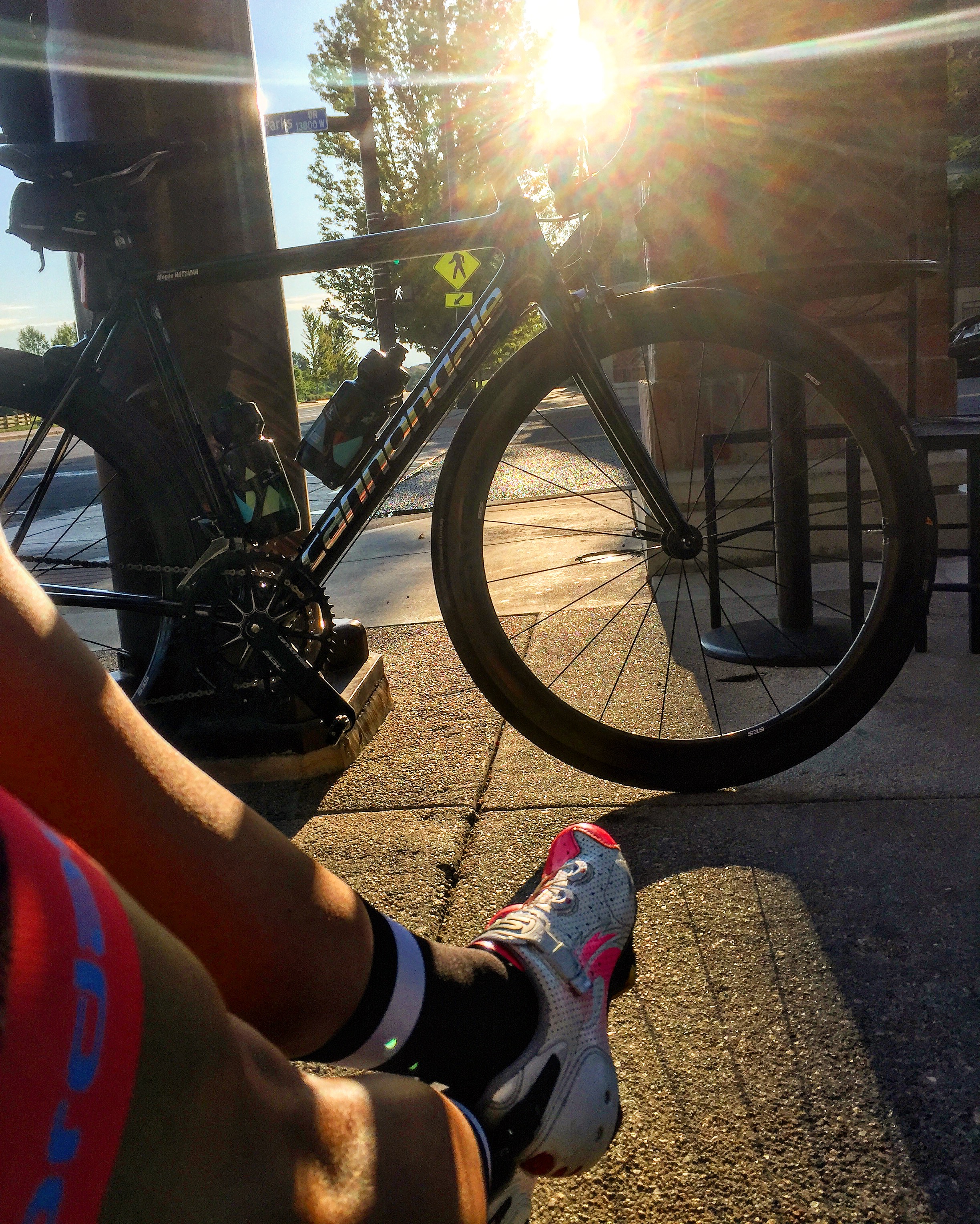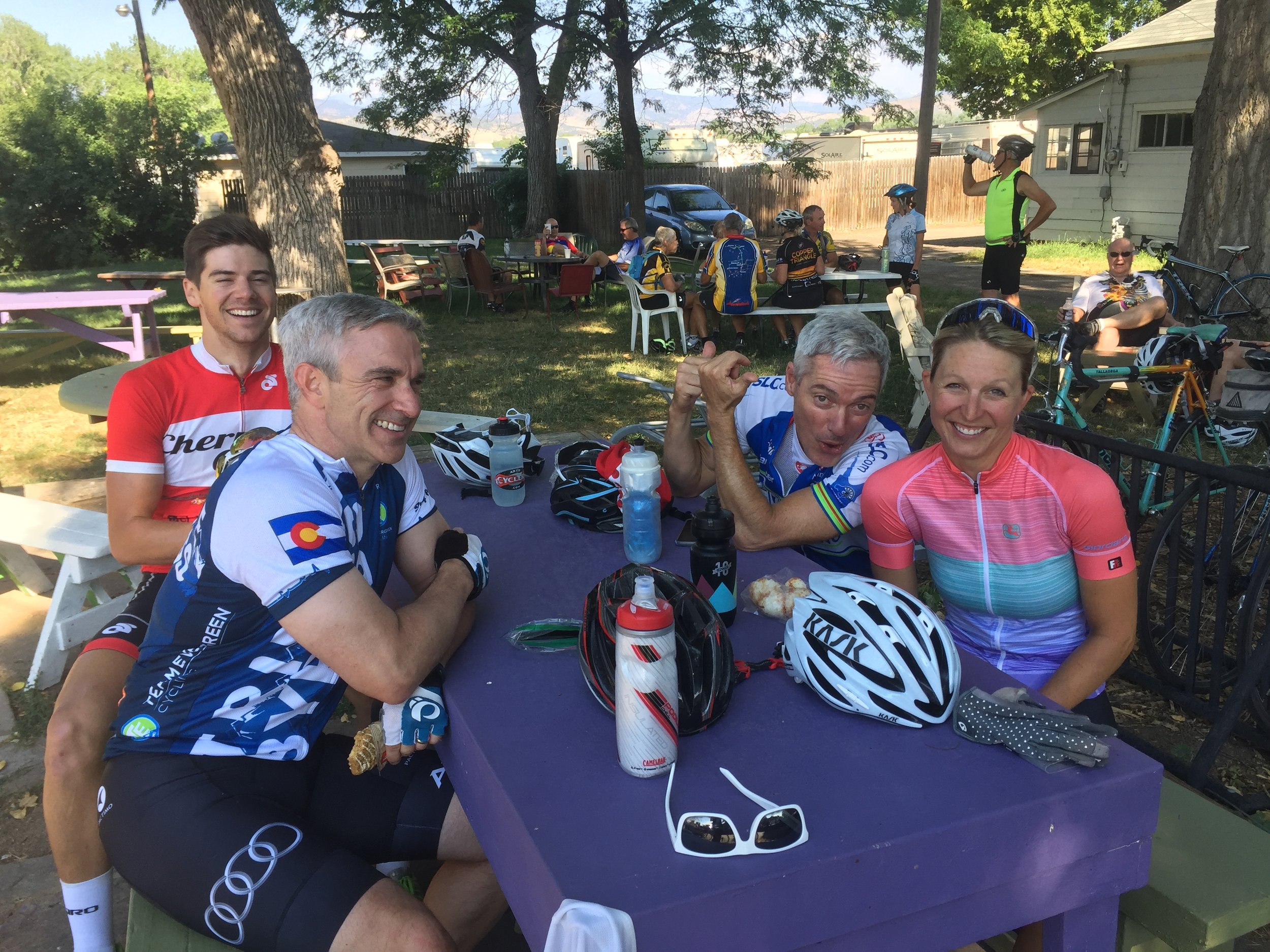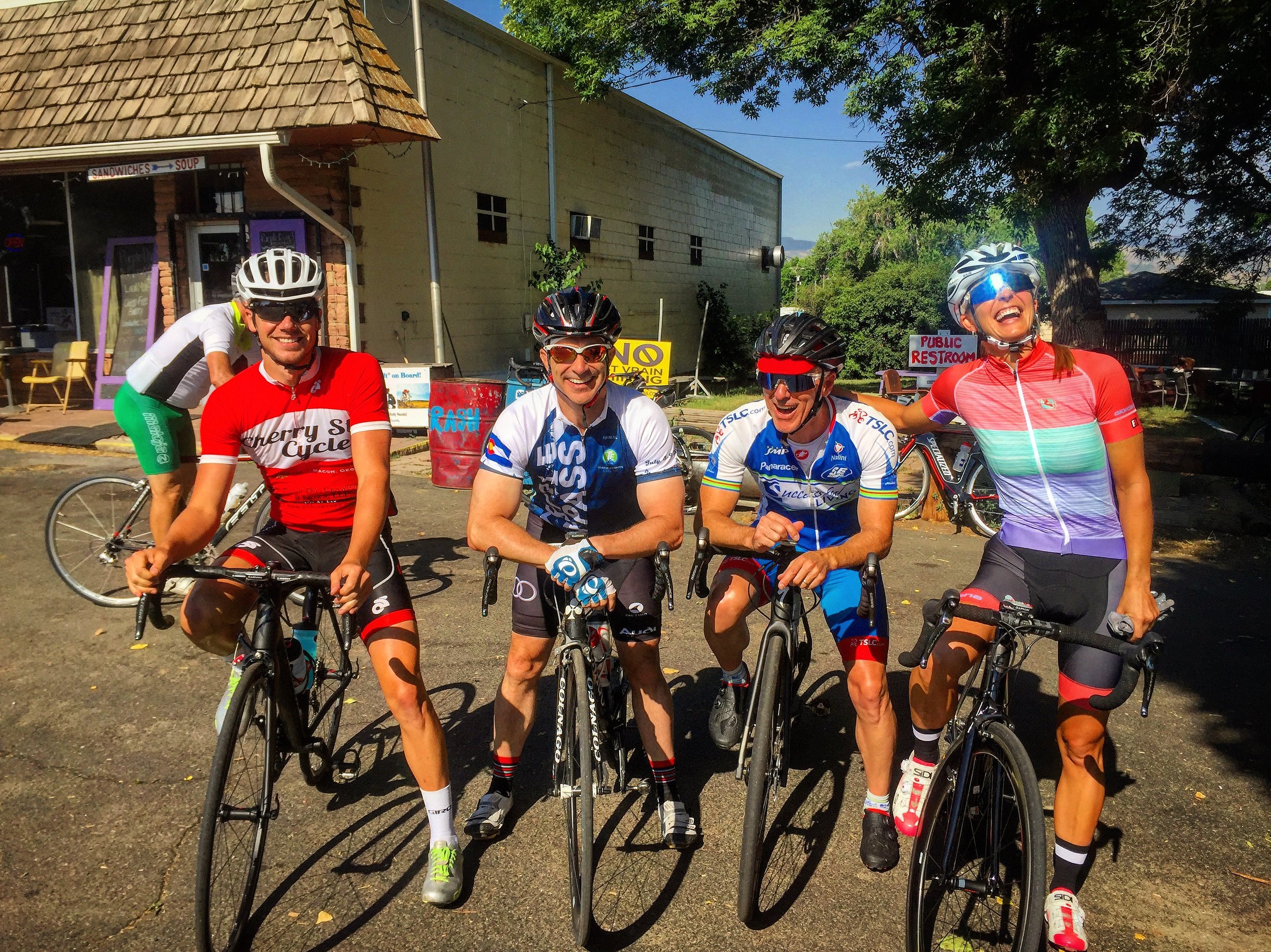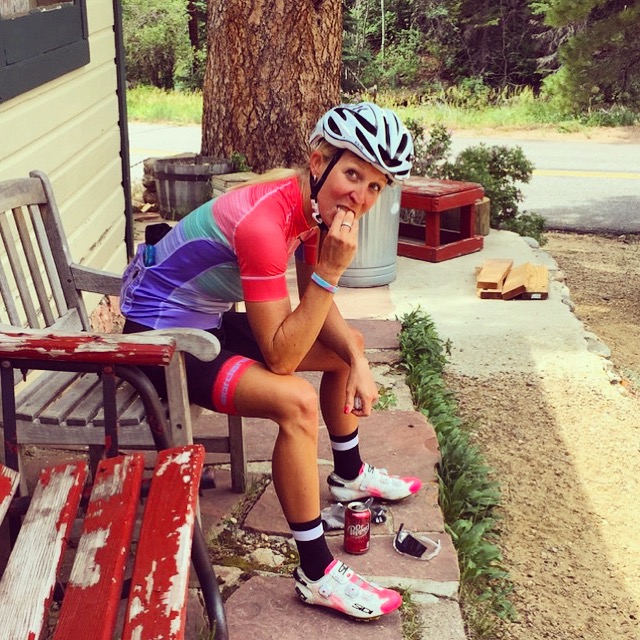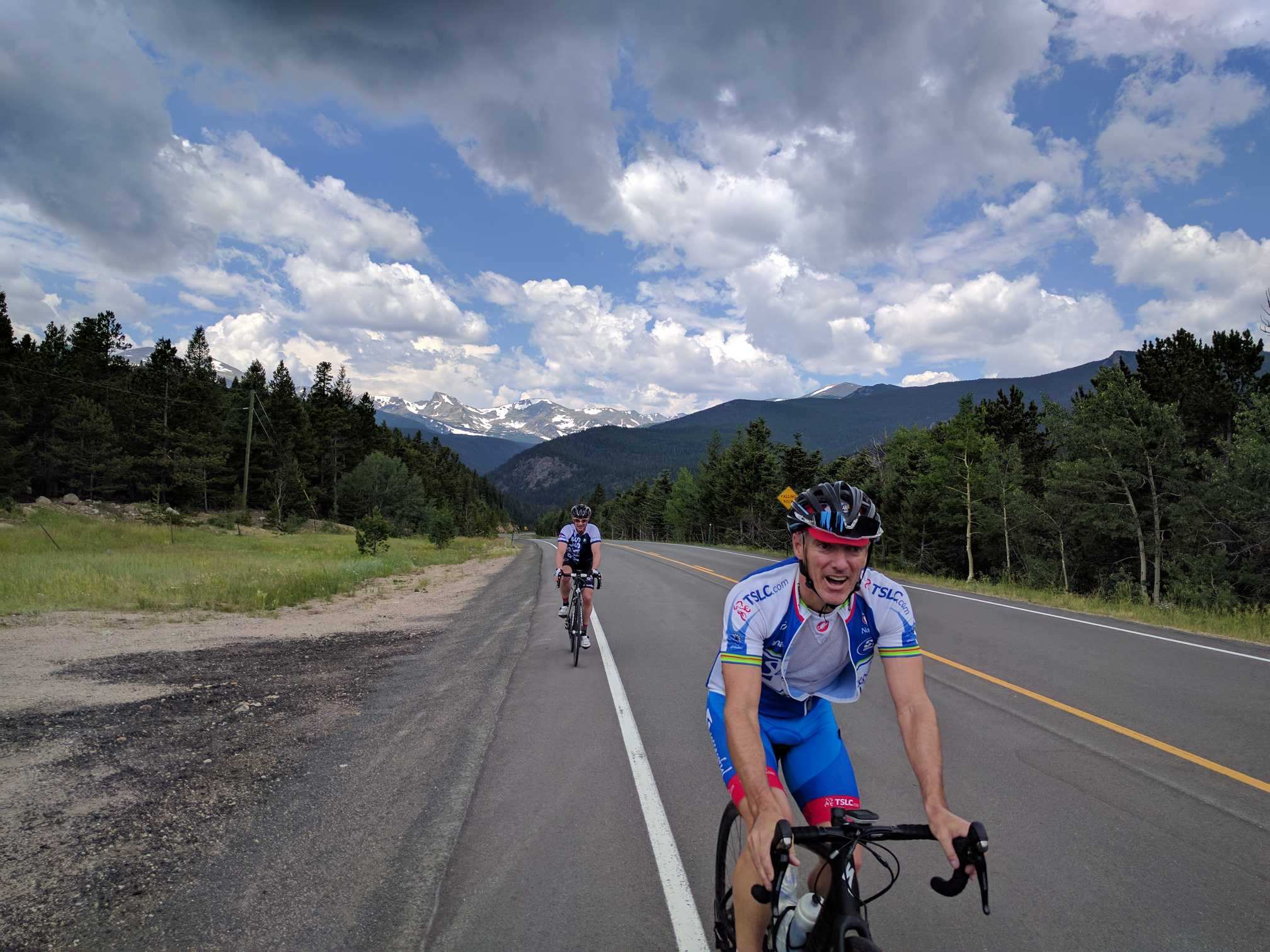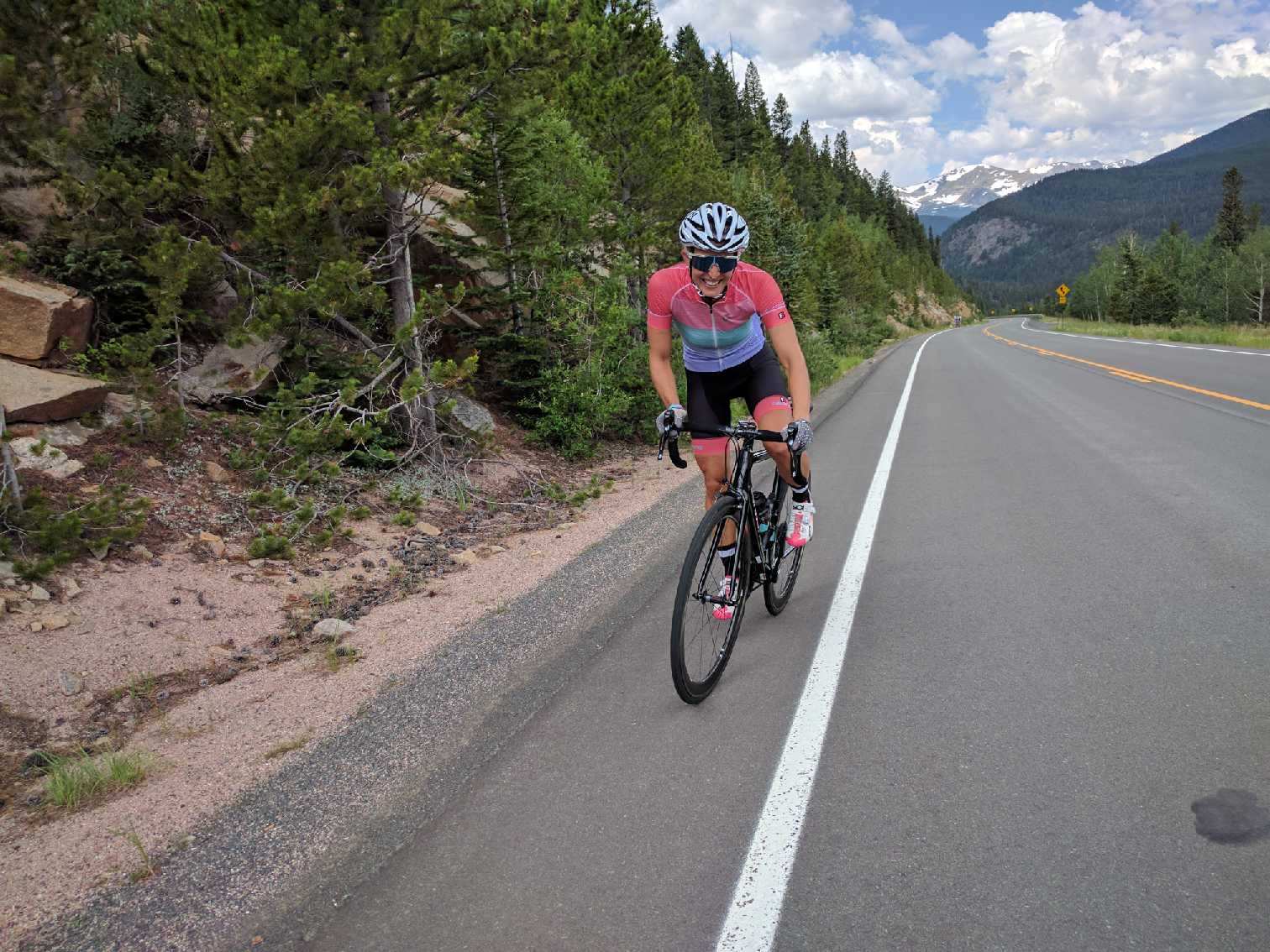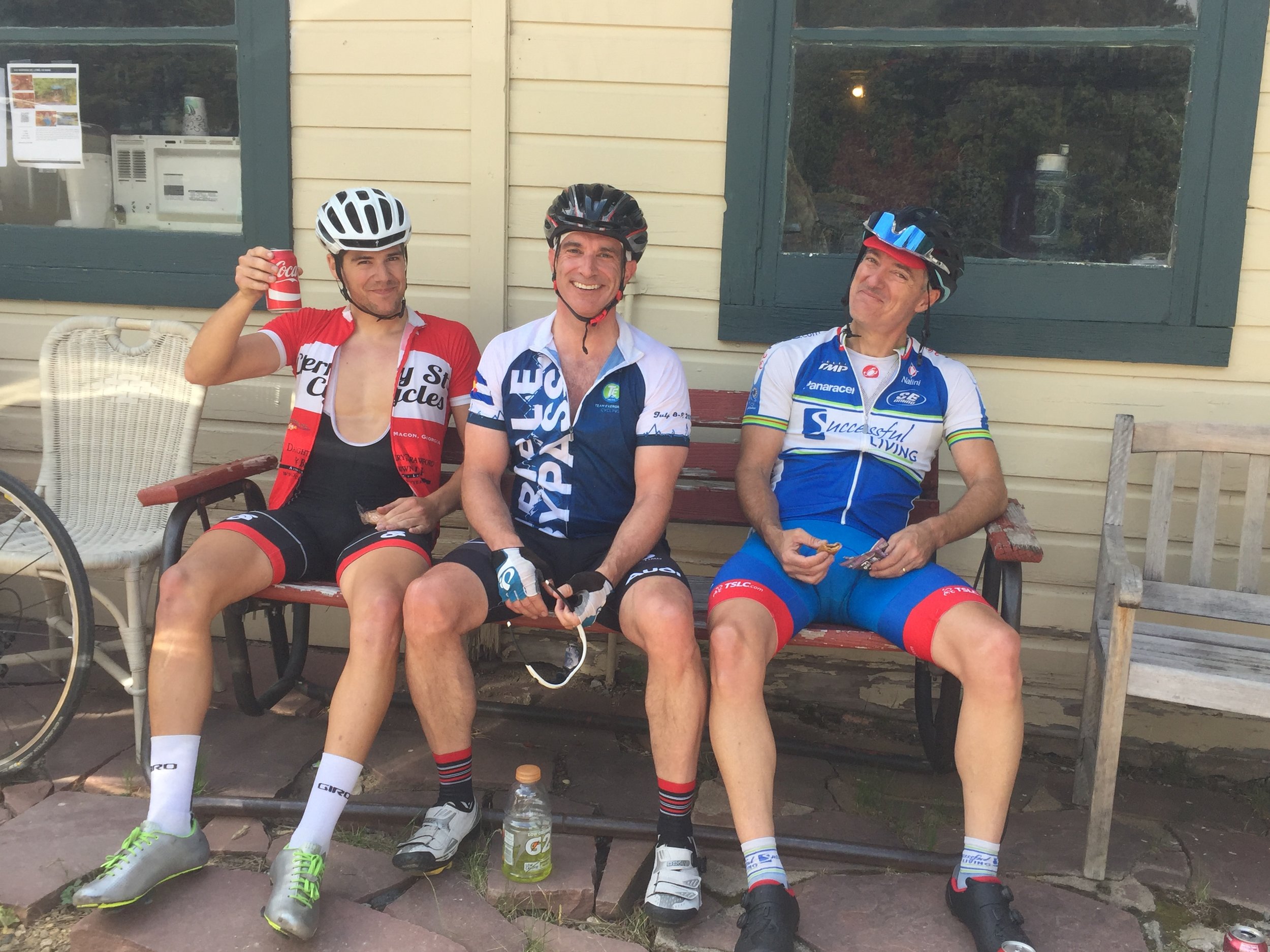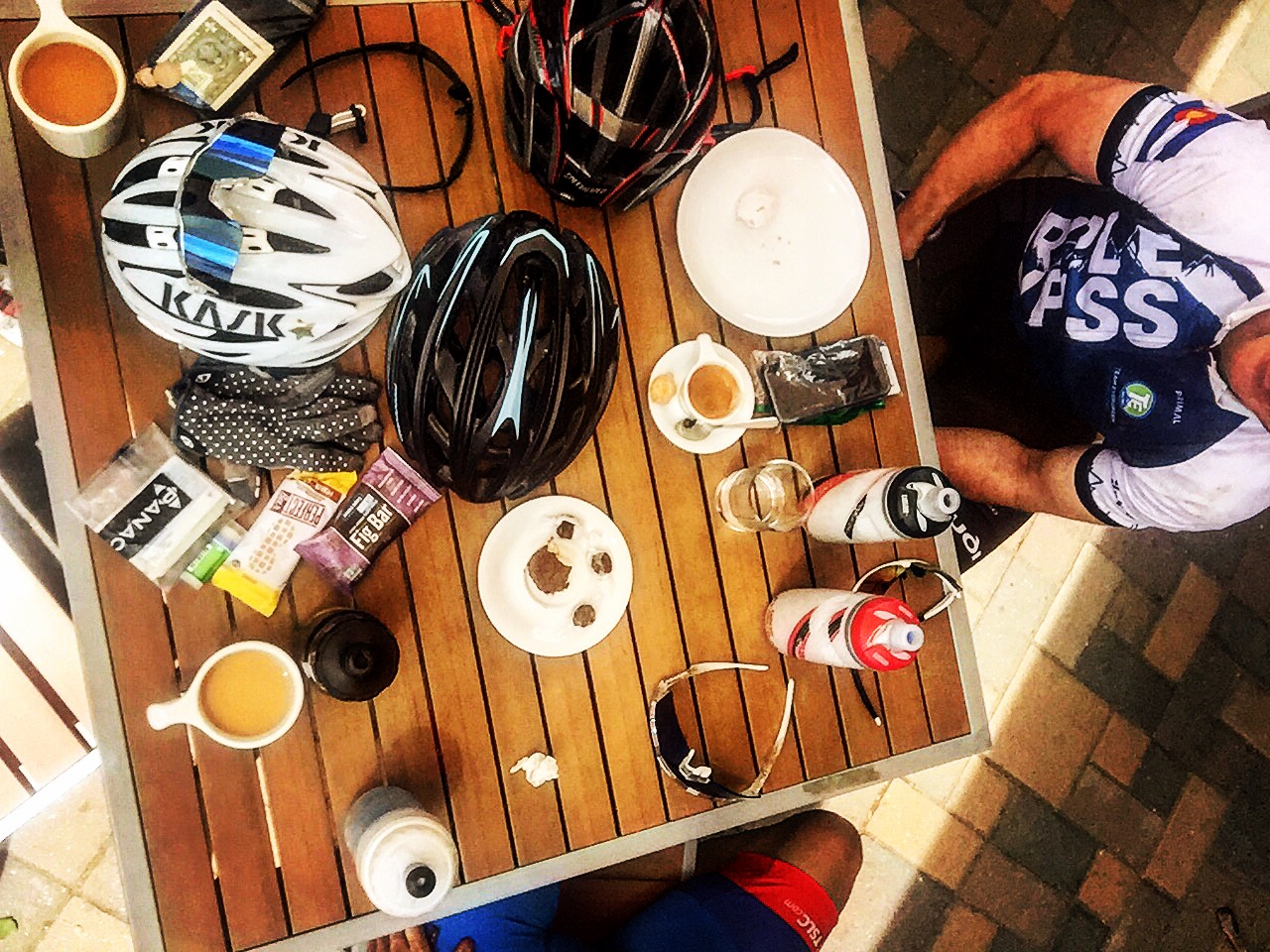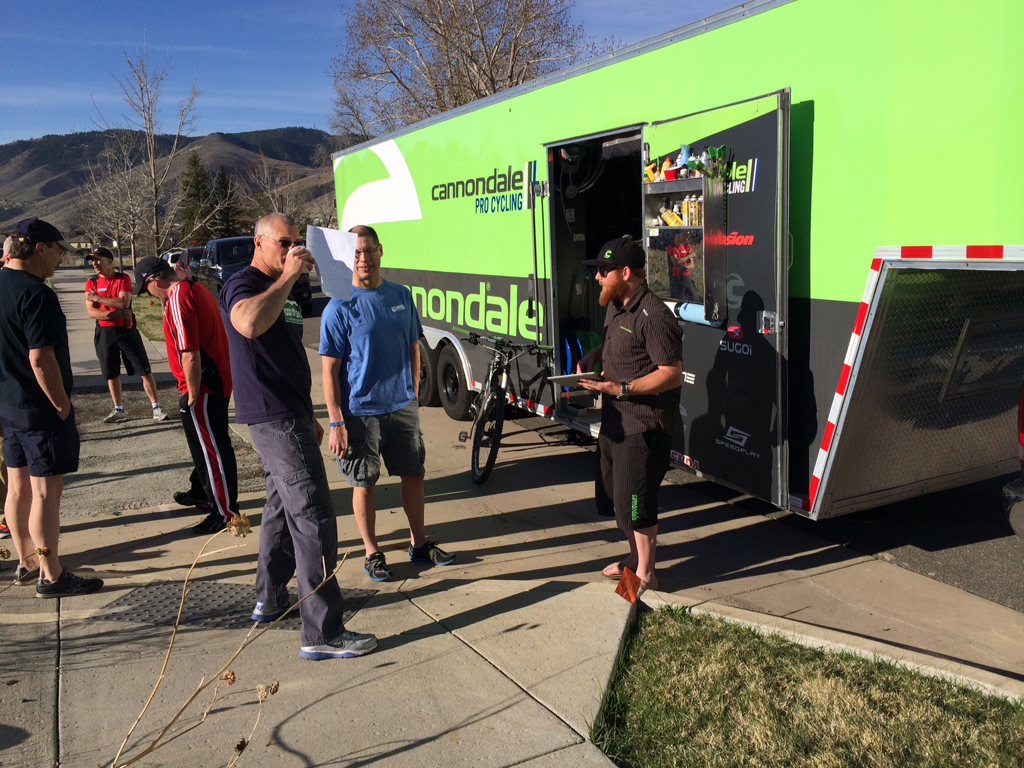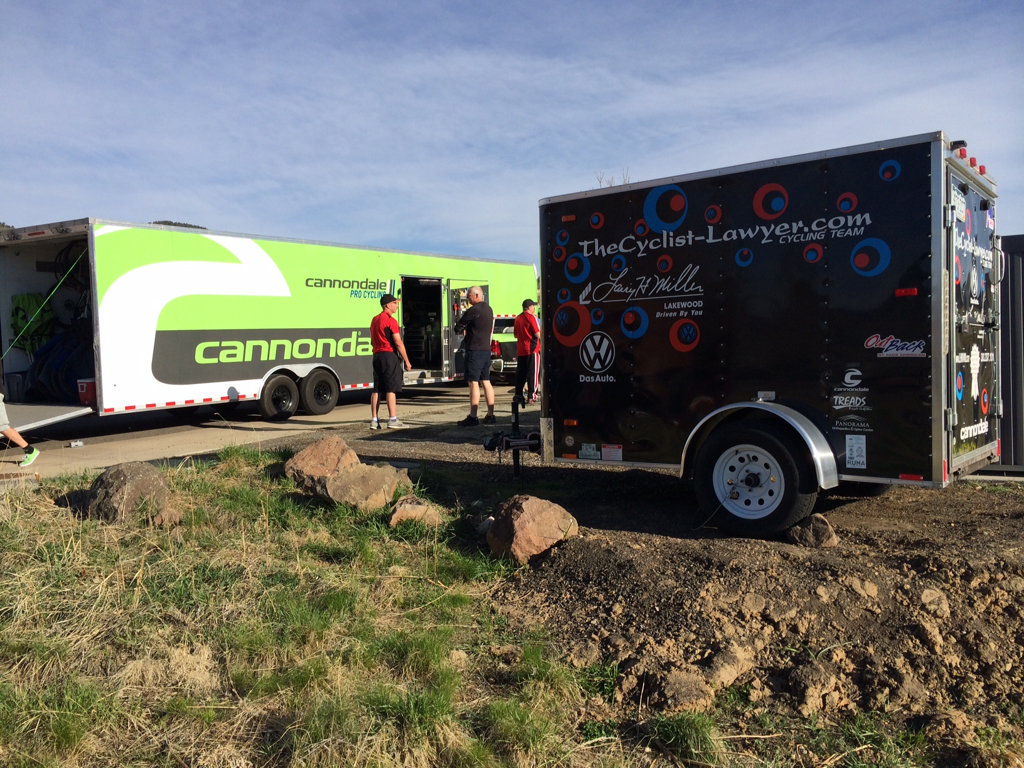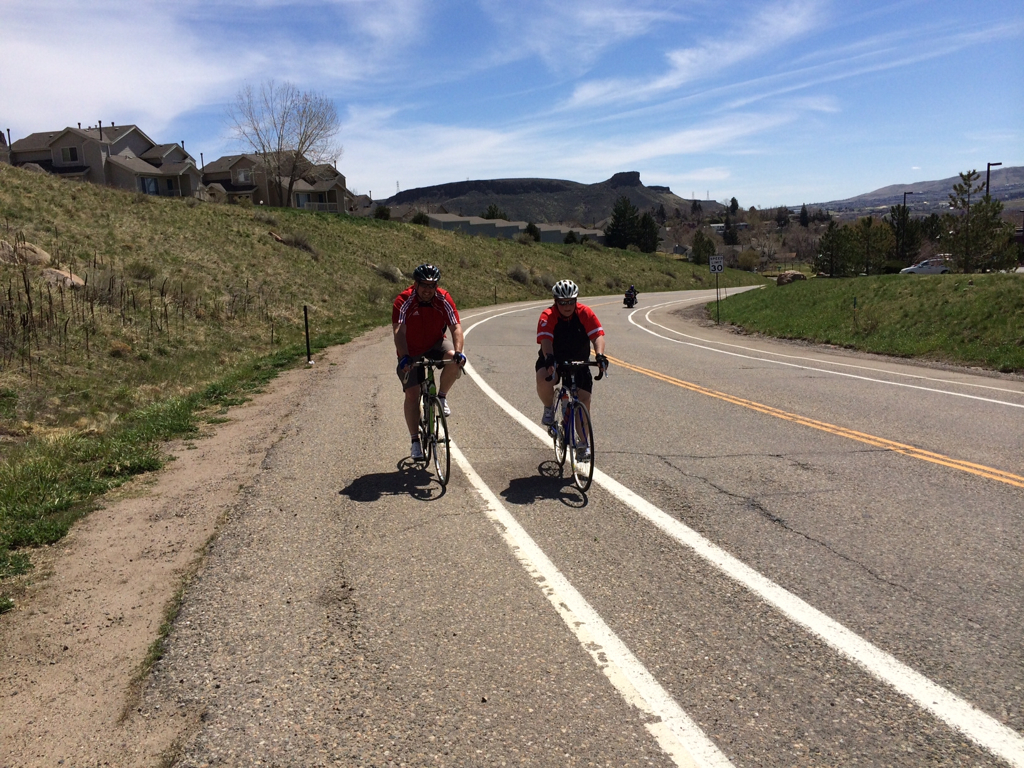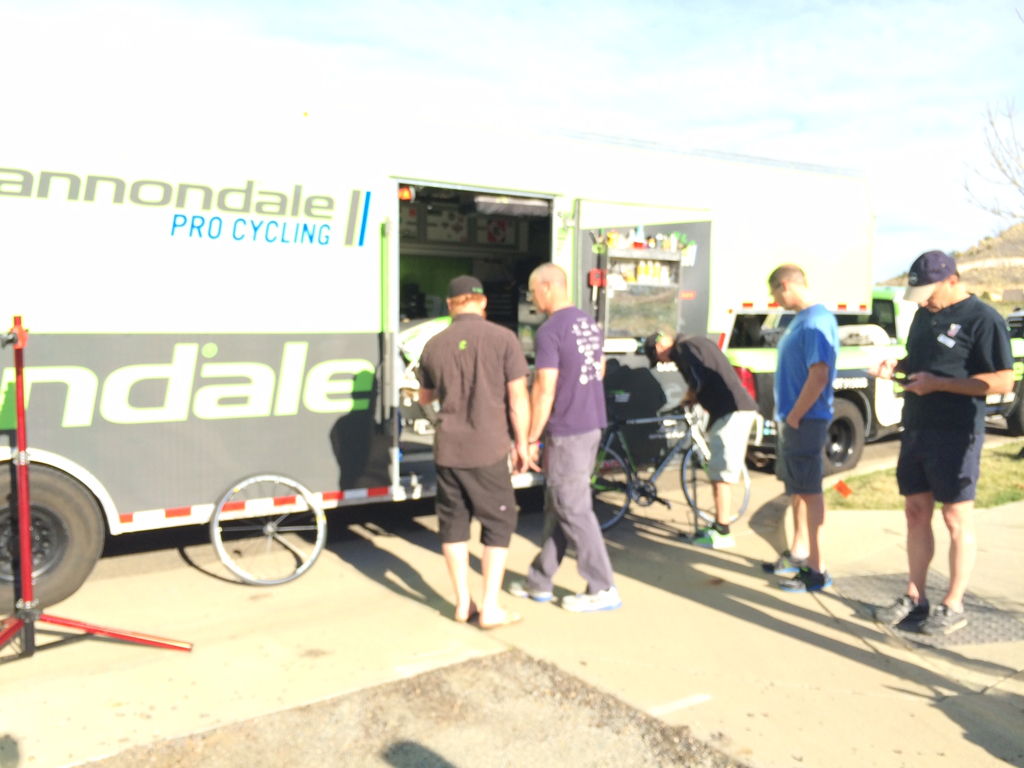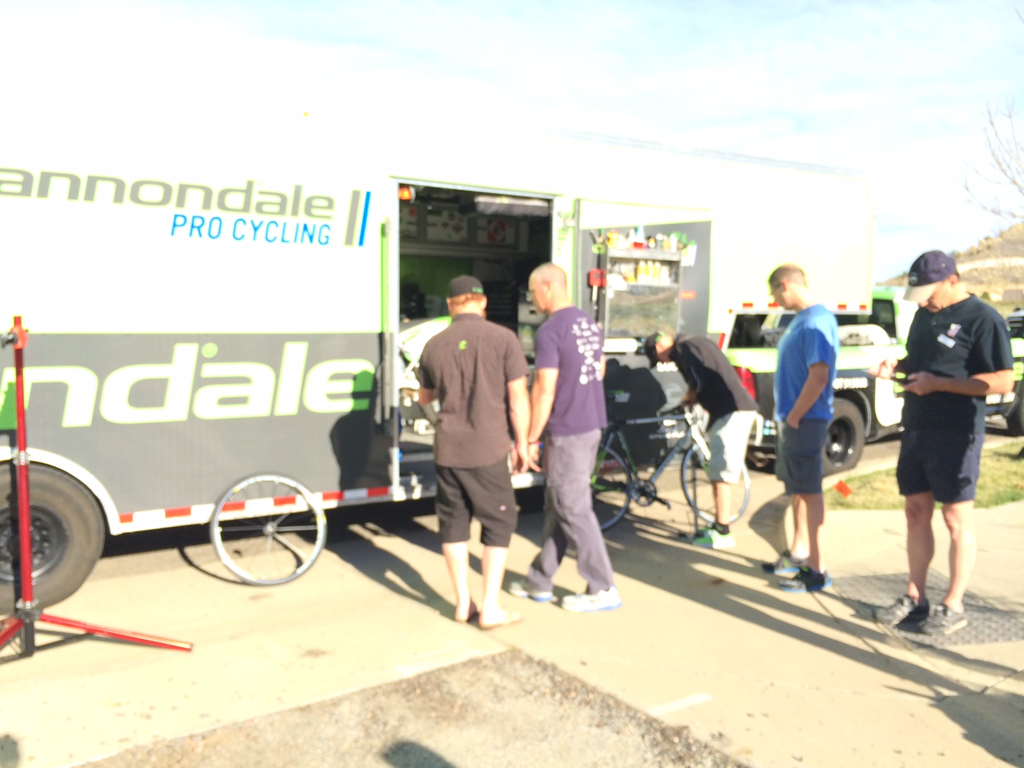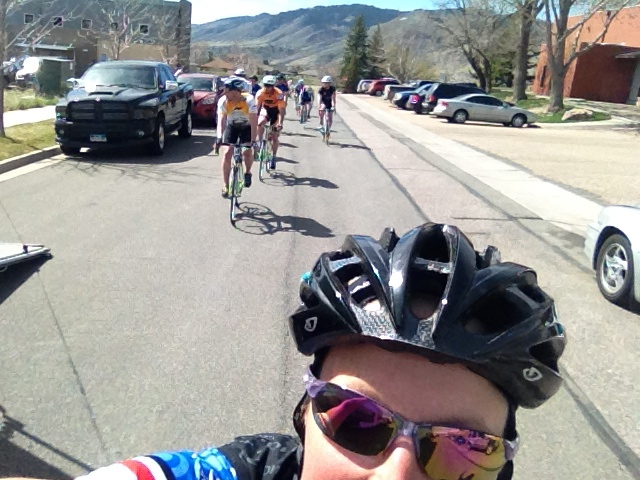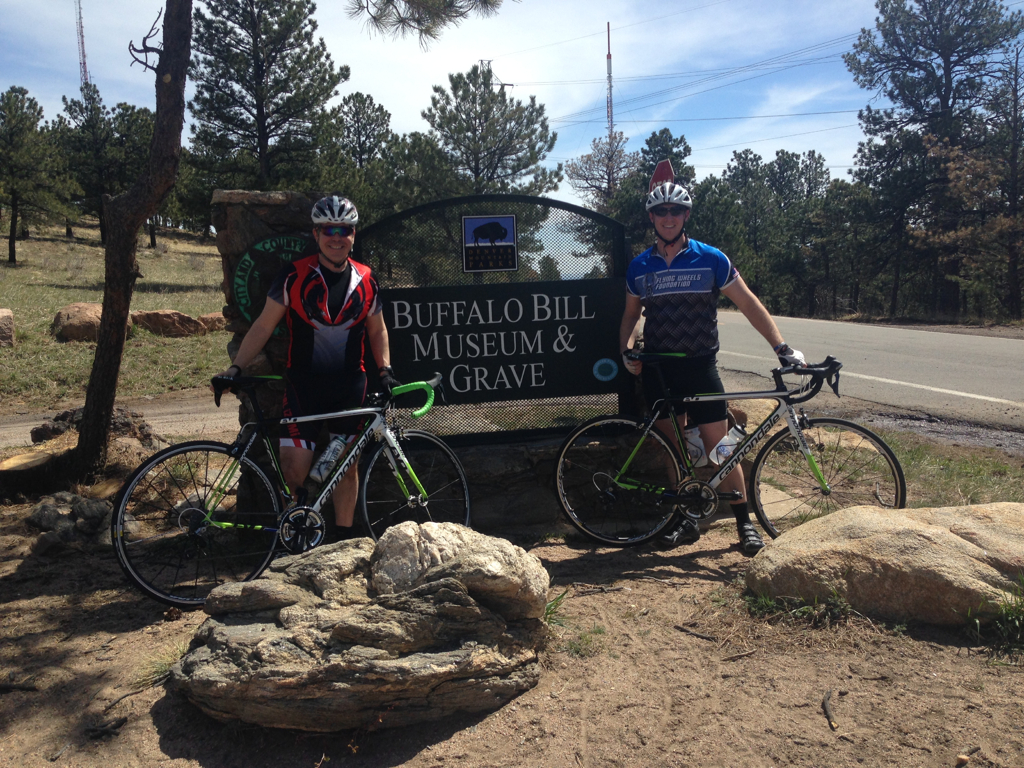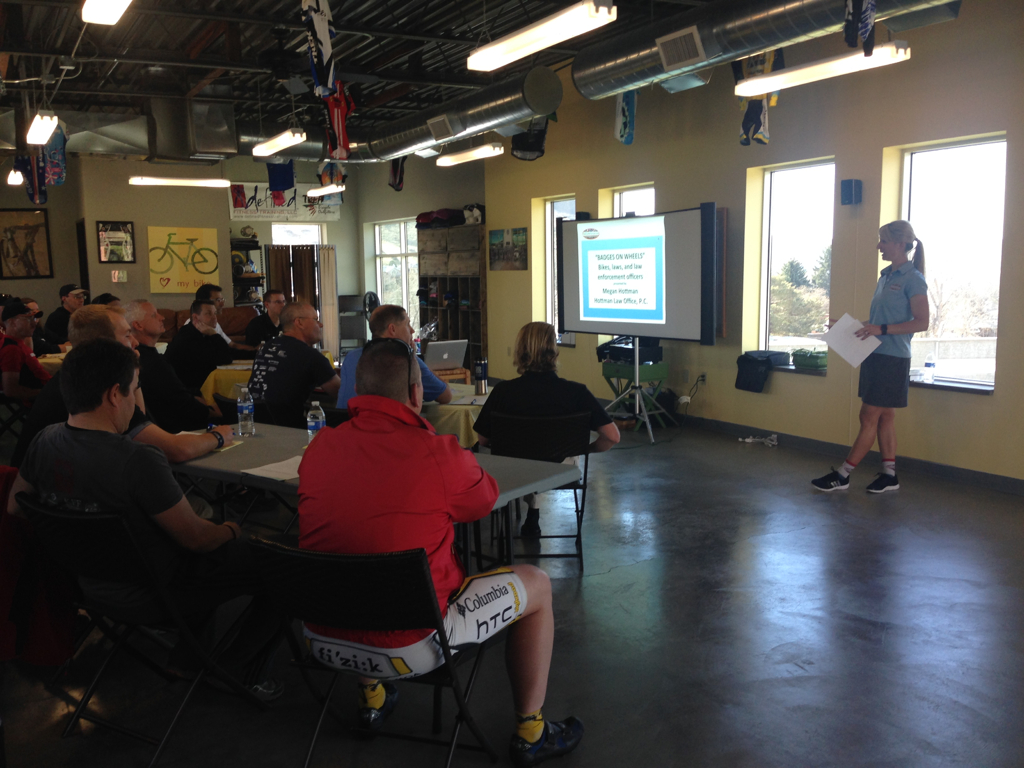10 Things I Wish I Knew When I Started Cycling
Guest Blog by Tim McAndrew
1. A good bike fit is worth every penny. Having the wrong set up, even if it’s only off by a few millimeters, can make riding a misery, particularly on longer rides, and can lead to chronic injury and pain. So do yourself a favor: spend the $150-200 to get a proper bike fitting from a reputable bike shop -- your body will thank you later.
2. Unclip early. Until you master unclipping from your pedals thoughtlessly, a tip that will serve you well is to unclip a foot before you even apply the brakes. This simple exercise will train your brain appropriately and will hopefully keep you from falling straight over at a crowded intersection (and bruising both your body and your dignity).
3. Bonking sucks. If you’re heading out for a 1-2 hour ride, typically you won’t need to bring any food -- a 16-20oz bottle of water will do you right. However, go out for any longer and you’re going to need to bring along some fuel. This is a lesson you don’t want to learn the hard way because bonking sucks! A good rule for new riders is 100 calories for each 20 mins on the bike. And get into the habit of always bringing a little more than you think you’ll need -- sometimes your body just demands a little more fuel than normal. Worst case is you’ll be the Eagle Scout of your group ride and be able to feed the one dude who forgot to pack enough fuel that day.
4. Speaking of Eagle Scouts. Unless you live in a climate where any type/amount of rain will bring utter joy and relief, pack yourself a rain jacket or vest. This is especially true if you’re riding in the mountains or in a damp environment like the UK or the Northwest US. Being able to cover your chest when the rain/temperature falls will protect you from losing critically valuable heat and energy. It will also make the ride significantly less stressful and more enjoyable.
5. Spend $40 on a chain every 1500 miles. The last thing you want to hear your local wrench say is: “dude, you're gonna need a new chain ring and cassette.” Typically this happens because you’ve ridden with the same chain for so long that it’s stretched and carved shark teeth into those components. By swapping out your chain every 1500 miles or so, you’ll extend the life of your drivetrain by years, save yourself a lot of money, and save a lot of unnecessary time your bike needs to spend in the shop.
6. Rinse. Lube. Repeat. Like looking after your drivetrain, get in the habit of always wiping down your bike, and especially your chain, after a ride -- it will extend the life of your bike and its parts. For your chain, wipe it down with a lint-free cloth, apply fresh lube, and then wipe off the excess. This will keep your chain shifting smoothly and keep you from being the annoying squeaky wheel on your next group ride.
7. Group ride etiquette part I: Steady as she goes. When you’re out for a ride with more than yourself, there are some generally accepted group riding rules to follow. The first of these (you can read more here) is that everyone is expected to take a turn at the front, even if it's for a short "pull." When it is your turn, fight back the urge to show everyone how strong you are. Instead, do your best to ride at the same tempo / speed you were riding when you were in the pack. This is especially true if your turn at the front starts at the base of a climb – dropping your friends like this will put you in the doghouse. So, pay attention to your speedometer while you're in the pack and then try to hold that speed steady when it's your turn at the front. Master this skill and you’ll be looked at as a seasoned rider and avoid the bitter scorn and curses of your riding buddies.
8. Group ride etiquette part II: Point out the shit. Another responsibility when you’re on the front is to point out the hazards in the road to those behind you. This includes rocks, potholes, sticks, debris, gravel, etc. The way to be a pro at this is by concentrating on what’s ahead of you so you see it early, can gracefully maneuver your bike away from it, and simultaneously use the hand that’s closest to the obstacle to point it out. If you ride alone a lot and only do group rides occasionally you’re going to have to concentrate to remember your role here. And remember, if someone ahead points something out, you too should repeat the gesture so those behind you can avoid the obstacle.
9. Know Thine Categories. Even if you don't race, understanding the very basics of racing categories helps understanding when others are talking about racing. Someone who races Men's Cat5 or Women's Cat4 is a beginner. This is where ALL racers start. Typically you cannot race at any higher category, regardless of how talented or gifted you are as a racer, without having earned your stripes in the beginner's ranks. Here’s where you learn how to ride in very close proximity to others, get a feel for how a group ebbs and flows, learn the importance of holding a line, and hopefully how to avoid the inevitable crashes that occur. Once you’ve done your time and/or start crushing the field, you’ll be upgrade to Cat4 (Cat3 for women). And from there you begin the march up the ranks until you reach your maximum potential. Who knows, maybe you’re a Cat1 Pro and you don't even know it.
10. Turn off the Computer. Bike computers are great. They're very useful tools for gauging speed, distance, output, etc. But it's easy to get sucked into becoming a slave to the output from your bike computer, especially with apps like Strava and Training Peaks egging you on. Do yourself a favor, and occasionally turn off the computer and just get on your bike and go for a ride. This can be harder than it sounds when you’ve become a “slave to the device” but when you make the effort to do it, you’ll be rewarded with the joys of why you probably started riding a bike in the first place. So soak it up. Enjoy the scenery. Stop and take a picture. Do whatever it is that makes you one with the bike and revel in it!
... Speaking of pictures, here are some shots of our Century + Triple Bypass (replacement) Ride last Saturday - seriously, you CANNOT argue with the scenery, fun, friendship and memories that long rides with friends provide! (Photo Credit: Megan Hottman, Austin Sholly, Tim McAndrew).









